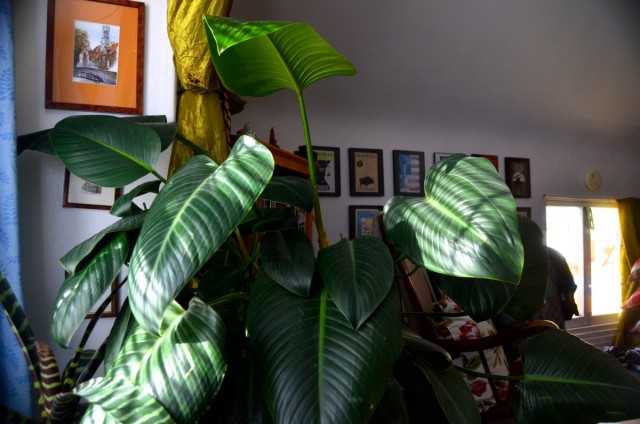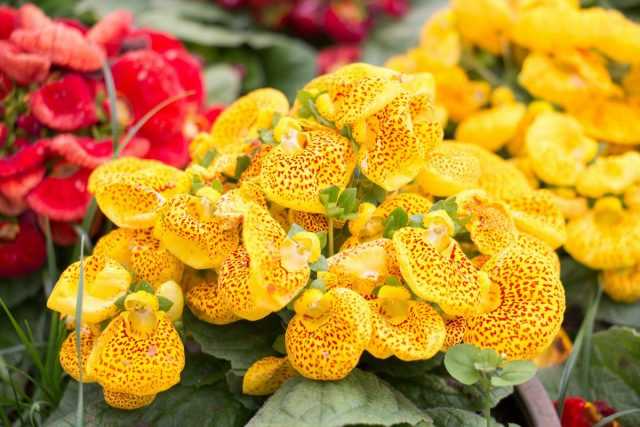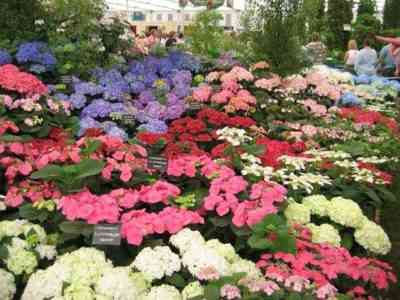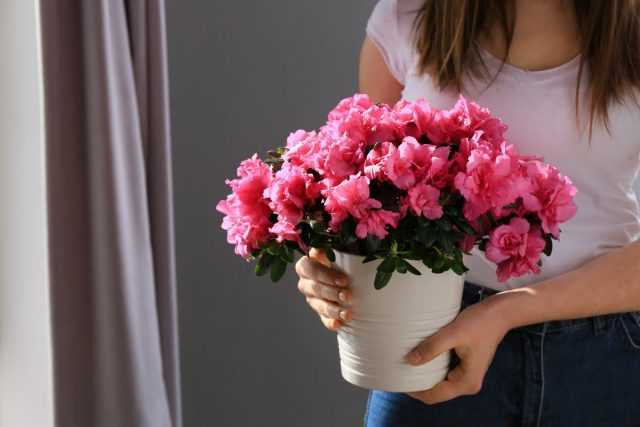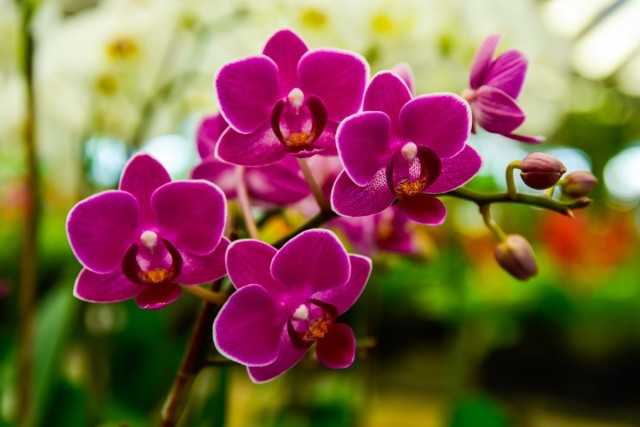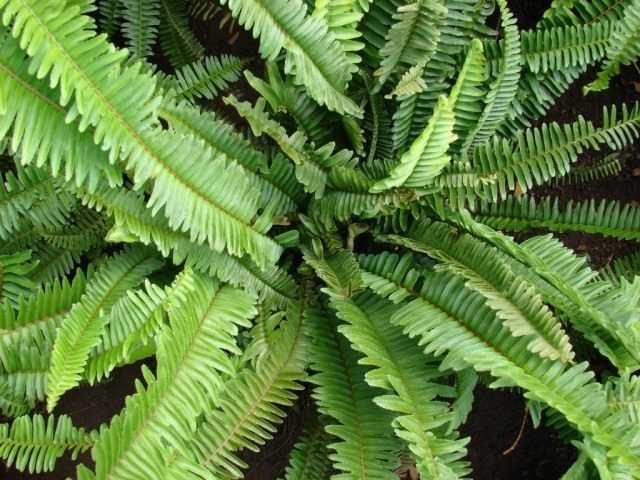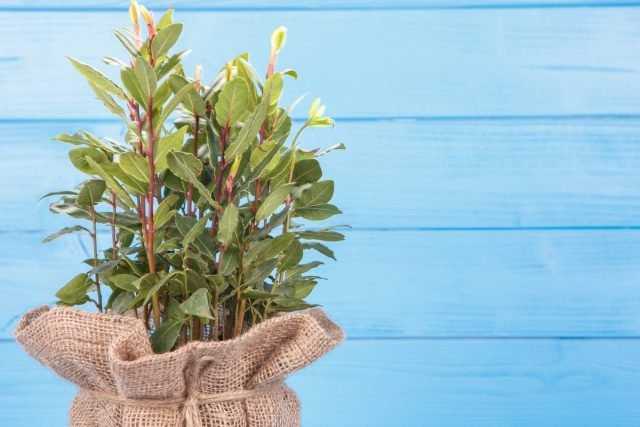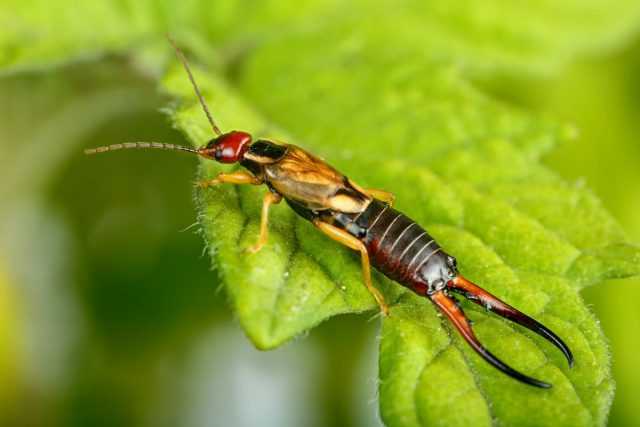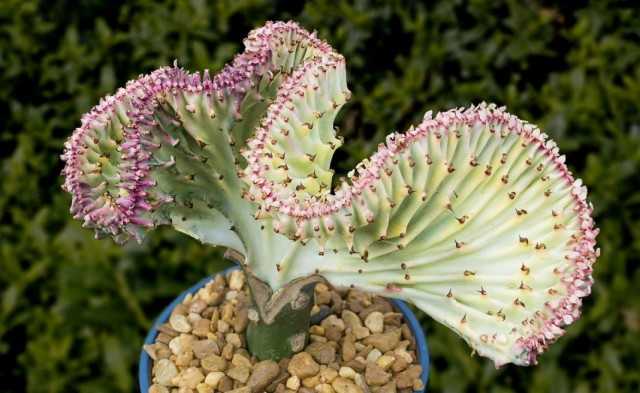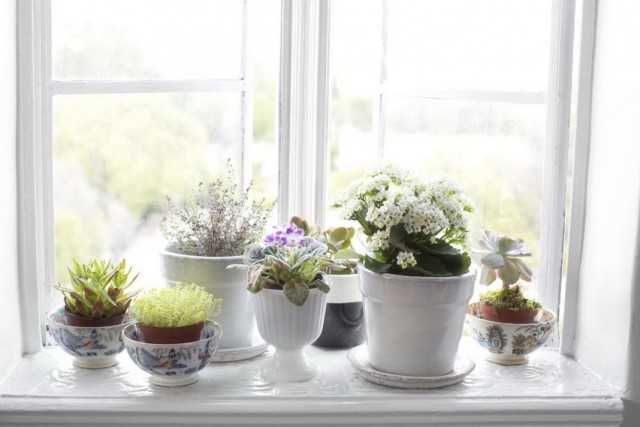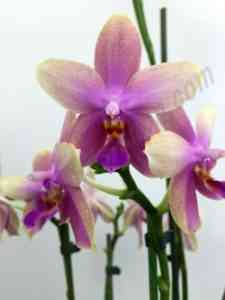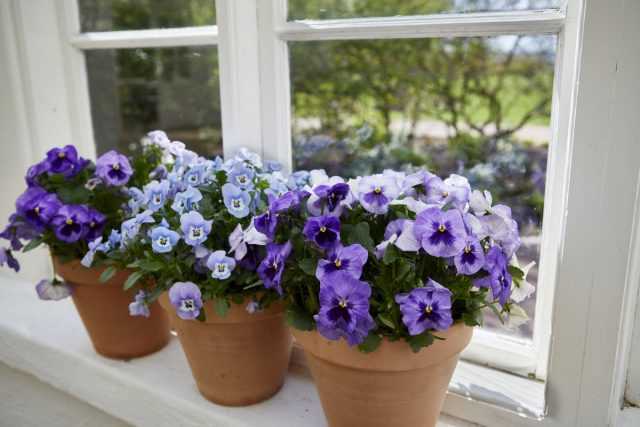Home floriculture is not only an exciting process, but also a very troublesome hobby. Indoor plants need to be cared for, and regularly. And, as a rule, the more experience a grower has, the healthier his plants look. And what about those who have no experience, but have a desire to have at home not elongated stunted specimens, but beautiful and healthy indoor flowers that do not cause a feeling of guilt by their extinction? For beginners and flower growers who are not burdened with long experience, I will tell you about the main mistakes that are easy to avoid, but the consequences of which can be very difficult to fix.
7 sins that houseplants won’t forgive you
1. Wrong choice of plant
When choosing a houseplant, you need to try to find out as much as possible about it and evaluate your care capabilities, find out how suitable your room is for it? Often there are people who may not water the flowers for months – they just forgot. It would be great if they did not have a desire to purchase any plant. But no – they also want to decorate their interior with green pets.
Such people are strongly discouraged from buying decorative deciduous and flowering plants, they cannot withstand the forgetfulness of the owners. One could recommend that they turn their attention to succulents and cacti, but the opinion that they can not be watered for months is wrong. Yes, they can be watered less frequently than other plants, but they cannot be left unattended for a long time either.
A cactus near a computer monitor is a separate case! Those lovers who put the poor plant in a dark corner, in the hope that it will save them from harmful radiation, hope in vain – it will not! A cactus is a living organism, it needs sunlight for life. Without this, he will simply die slowly.
Having decided on the choice of a specific plant, you need to evaluate the seedling:
- The leaves should be clean and healthy, without dry edges, dots and specks. Even a small speck of plaque can be a sign of disease or pests.
- Growth points in a healthy plant should be alive, and young leaves should indicate that the flower is growing.
- If the selected plant is a tree or shrub, then it is desirable that it have enough branches – decorativeness should not be disturbed.
- In flowering plants, it is desirable to have buds – the more there are, the longer they will bloom.
- The soil in the pot should not be dry or green, and roots should not stick out from the drainage holes.
When buying a flower in a store, it is not always possible to choose an absolutely healthy copy. This is especially true for flowers that are on sale. Some plants look completely deplorable, but the price is quite affordable. You can also buy such copies, but you need to be ready to provide him with the necessary assistance.
One plant will require immediate resuscitation, while the other needs to be in suitable conditions. Therefore, if you do not have experience in floriculture, as well as there is no desire to deeply study this topic, then it is better to refuse such a purchase.
2. Inappropriate lighting
When choosing a houseplant, you need to immediately think about where it will stand and whether there is sufficient lighting in this place. That is why you need to learn as much as possible about the plant – is it shade-tolerant or does it need bright sunlight? Most flowering plants need sun and if your windows face north they won’t bloom there.
Sometimes you have to see a flower in a dark corner in a spacious or not very hallway. To the question “how does it grow with you, there are no windows right there?” answer: “This is a shade-tolerant plant.” So, no shade-tolerant plant can withstand the complete absence of light for a long time.
Owners of southern windows can afford to grow both light-loving and shade-tolerant plants, because even in a sunny room there is a “shady” corner. Everyone else is a little more difficult, but there is a wonderful way out – to master decorative deciduous plants.
If you have all northern windows, you can also grow flowering plants. Our article 5 of the best flowering indoor plants for northern windows will help you make a choice.
Aglaonema, scindapsus, philodendron, syngonium, all kinds of ferns do without bright sunlight and are distinguished by beautiful leaves of graceful shape, sometimes with very original patterns. They will not amaze you with lush flowering, but they will not be beautiful at certain times, but all year round, and it is usually easier to care for them.
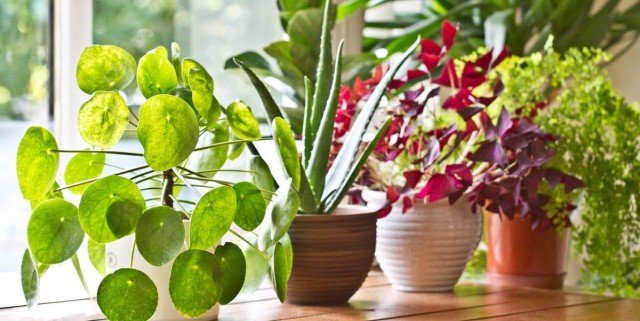
3. Wrong temperature conditions
Most indoor plants easily adapt to normal apartment conditions, but if the temperature in the room is higher or lower than acceptable limits, then this problem will have to be solved. And here you also need to know what a particular flower needs, and in what conditions it grows in nature.
If the air temperature in the room is below normal, then the plant can curl, turn black and fall off the leaves. If the temperature is too high, the lower leaves, flowers and buds fall off, and the shoots stretch out, giving the plant a sloppy look. With sudden changes in temperature, many plants turn yellow and fall off the leaves.
Especially often indoor plants, the care of which is insufficient, suffer in the winter, when dry hot air comes from the batteries, and it is cold on the windowsill. In this case, it is necessary to isolate the pots – put wooden or foam boards under them and insulate the windowsill. It is better to cover the battery with a blanket or come up with another method to protect the flowers from the hot air. If possible, it is better to rearrange the plants to another location.
4. Insufficient moisture
Many novice growers make a serious mistake, believing that if the plant likes high humidity, it needs to be watered more often. This misconception is the main reason for the death of many indoor plants.
Plants, especially tropical plants, need sufficient air humidity, and in our premises, as a rule, it is below normal. From watering the soil in a pot, the humidity of the air practically does not change, but the soil can turn sour.
In this case, the plant will stop growing, the lower leaves will begin to fall off, and its whole appearance will cause pity. Only an urgent transplant with a complete replacement of the earth can save such a flower. In this case, the root system must be rinsed in clean water and do not forget to wash the pot itself and the drainage, if it is supposed to be reused.
You can increase the humidity by simply spraying from a spray bottle, only for this you need to take water at a settled room temperature. Flowers with pubescent leaves – violet, cyanotis, ginura, coleria and many others, as a rule, do not like moisture on the surface of the leaf plate, therefore, such plants cannot be sprayed.
Also, they are not happy with the ingress of water on inflorescences and some flowering plants. In this case, the pots are placed in pots of water. Pebbles or decorative rubble are poured at the bottom of the flowerpots, on which containers with flowers are installed. The bottom of the pot should not be in the water – this is important.
You can also increase the humidity in the room with the help of a humidifier – there are many offers of such devices today, and their prices are quite affordable.

5. Lack of a dormant period
A dormant period is necessary for any plant, and everyone has it, but in one flower it is pronounced, while in the other it is barely noticeable. At this time, the plants rest from rapid growth and flowering, for which the entire reserve has been spent, and accumulate strength for a new growing season and flowering.
As a rule, our rooms rest in the autumn-winter period, and here each specimen has its own requirements for rest conditions. In some, such as amaryllis or gloxinia, the entire green part dies off and the pot with a tuber is removed for the winter in a dark, cool place, while others, and most of them, need only a slight decrease in temperature and reduced watering.
Watering the plants at this time is necessary, but they do it less often and not as abundantly as during growth. No feeding and fertilization is applied during the dormant period – this is a rule common to all indoor plants.
To ensure the correct period of rest for your plant, you need to know where it comes from, because the inhabitants of the tropics, subtropics, deserts and semi-deserts spend their “hibernation” differently.
For details on how different indoor plants winter, read the article Features of wintering indoor plants.
In the spring, when the day begins to slowly arrive, the plants gradually wake up and come out of the dormant period. It is also necessary to gradually increase watering, and from March-April you can start feeding.
6. Mistakes when transplanting plants
Novice growers often make one serious mistake when transplanting plants. It’s about the size of the pot. Logically reasoning: “When my flower grows, it will be a large plant, I will plant it in a large pot so that the roots are spacious,” the unlucky amateur practically kills his flower.
The fact is that if the root system is small, then the plant will take some time for the roots to braid with an earthen ball. If this takes a long time, then the soil in the pot may acidify, the flower will stop growing and, ultimately, die.
Therefore, it is important to adhere to this rule: replant young plants every spring, increasing the diameter of the pot by 1-2 cm. If the capacity is more than required, then you need to pour more drainage on the bottom. Adult plants do not all need an annual transplant, many just need to replace the top layer of the earth with a new one.
Some flowers, such as orchids, do not like unnecessary interference and are replanted only when necessary, when there are problems with roots or when the plant grows out of a pot.
For the transplant to be successful, you need to choose the right soil. In gardening stores today there is a large assortment of all kinds of soil mixtures and you can easily pick up what a particular plant needs.
Drainage must be mandatory, and it does not matter whether it is expanded clay, crushed brick or walnut shells, the main thing is that the drainage layer should be 1/5 of the height of the container.
What else I would like to pay attention to are drainage holes. This is very important for proper houseplant care! Flower pots are usually sold with pre-drilled holes, but they are often too small. It should be borne in mind that the plant will have to spend a year in the container, and during this time the small holes are likely to be clogged with earth and bloom from the water and stop letting water through. Therefore, having bought a pot, we enlarge the holes and add, if necessary, on our own.
The transplant is stress, therefore, the transplanted plant is not fertilized for 2-3 weeks, is not exposed to drafts and does not allow direct sunlight to enter.
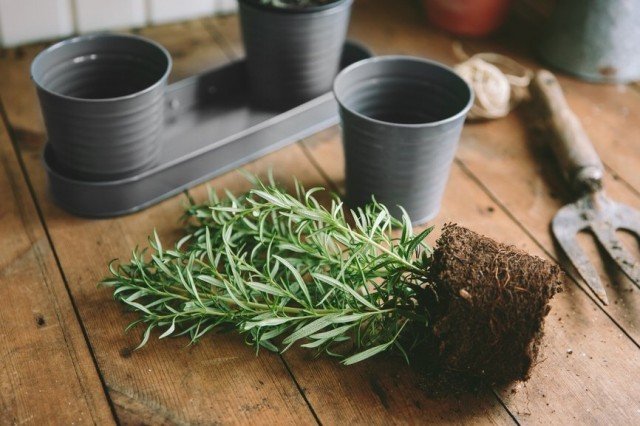
7. Oversight – diseases and pests
Despite the fact that indoor plants grow, as a rule, indoors, they, like street cousins, can be affected by various diseases and pests. To avoid serious problems, and in the end – not to lose the flower, it is necessary to regularly inspect the leaves, flowers and soil in the pot.
Often the appearance of problems is visible with the naked eye – dots and holes on the leaves, raids in the form of rusty spots or mold, a sluggish appearance of the plant. If you find them, you need to try to find out the cause and immediately take measures to eliminate it. If there are other flowers next to the affected plant, the patient must be urgently isolated.
Some indoor plants are affected by fungal diseases – powdery mildew, late blight, gray rot and some others. The disease manifests itself with the appearance of plaque in the form of spots on the leaves. If you find this problem, you need to spray the plant with a fungicide. The earlier the treatment is started, the more likely it is to save the flower. When neglected, you have to cut off the aerial part, or even say goodbye to the plant.
In addition to fungal, indoor plants are threatened by viral and bacterial diseases. All of them have their own symptoms, but not all of them can be cured. Sometimes, sadly, the plant has to be removed in order not to endanger the rest.
The most likely insect pests are aphids, whiteflies, scale insects, spider mites and worms. Conventional insecticides are used to control parasites, but in order to prevent their spread, healthy plants are also sprayed for prevention.
Most often, insects settle on the underside of the leaf, so when examining plants, you need to study the leaves from both sides.
Dear readers! Do not be afraid of the problems described above! Growing indoor plants is a snap if you’re ready for it. The main thing is to choose the right flower, give it everything you need, watch its development, deal with problems in time and … admiring it, rejoice.

